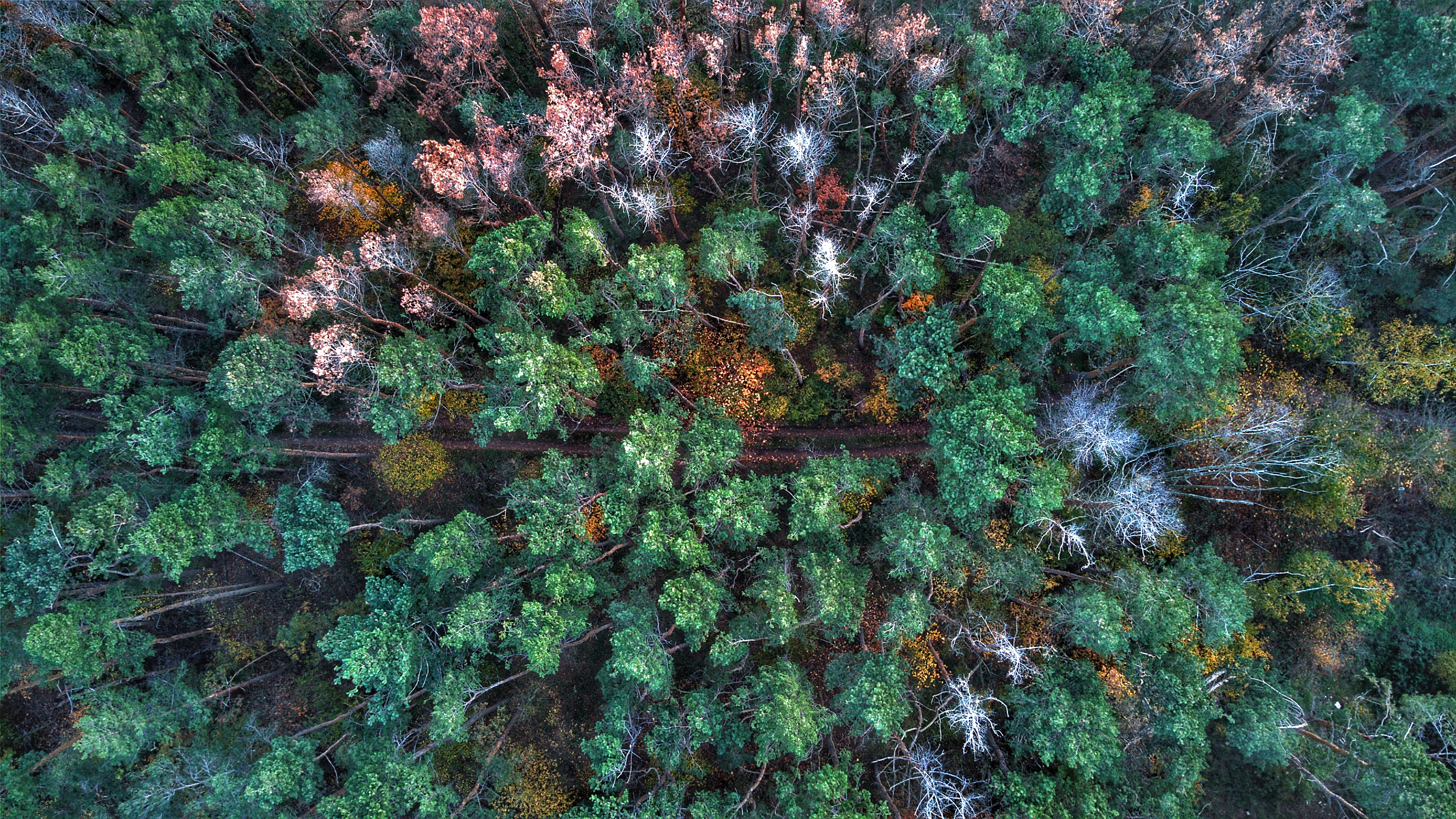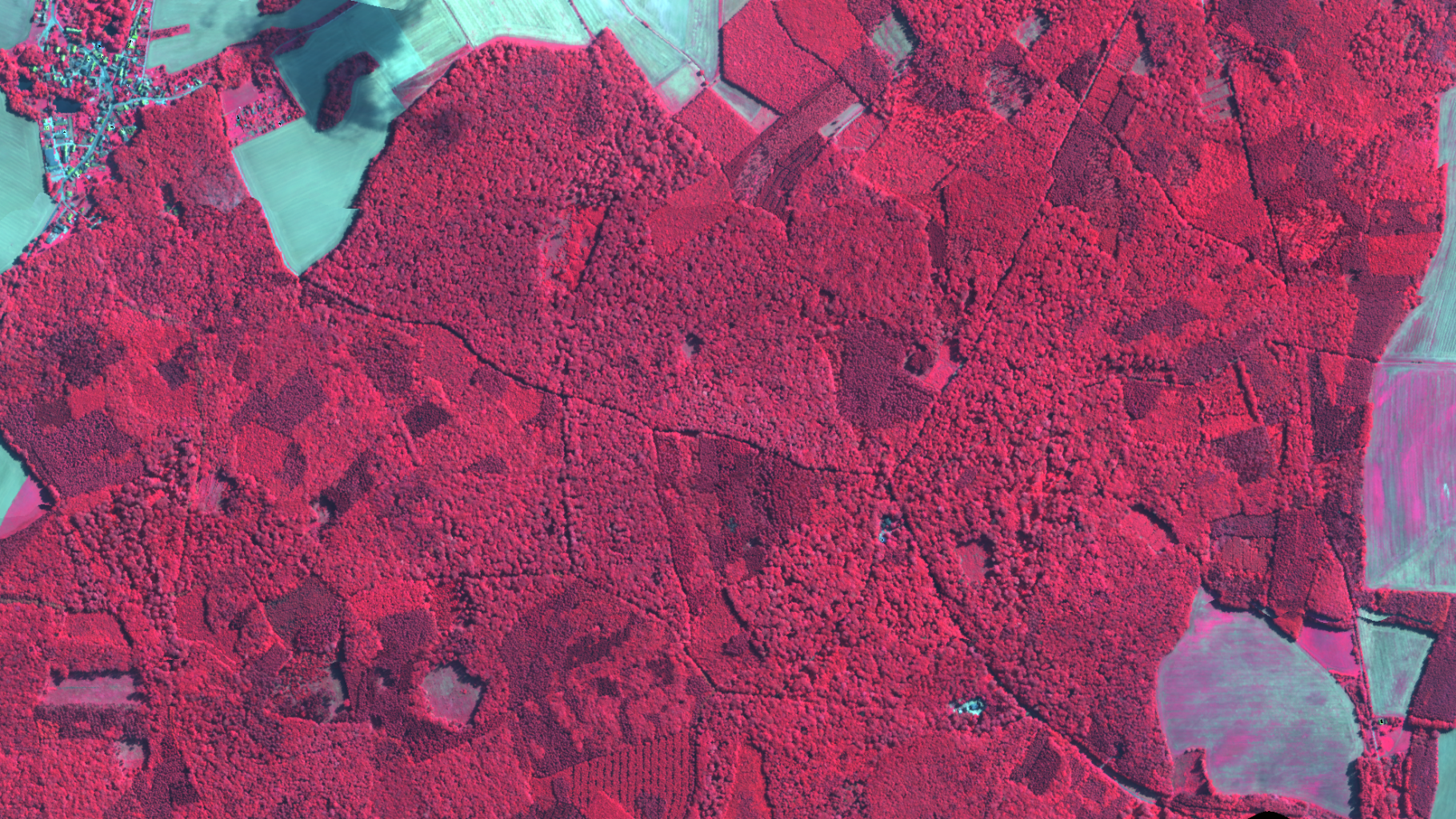Forest condition monitor
Duration: 04/2021 - 10/2024
Team:
Dr. Daniel Doktor (Project management)
Dr. Maximilian Lange (Data Science, Modelling)
Anne Reichmuth (Forest science, Communication)
Sebastian Preidl (Tree species classification)
Gundula Schulz (Fieldmonitoring)
Steffen Lehmann (Fieldmonitoring)
Andreas Schmidt (Co-registering satellite data, Fieldmonitoring)
Funding: Helmholtz knowledge transfer project

Abstract
The drought years 2018-2019 resulted in extensive die-off of Norway spruce and massive damage to many other tree species in Germany and revealed that instruments currently used for risk management in German forests are insufficient.
The basis for a forward-looking risk prevention is an efficient and flexible damage monitoring in order to react adequately and immediately to the forest condition. Among federal state ministries the damage situation is surveyed inconsistently and with a considerable time delay. The survey also is only performed for a small sample of the forest area. Therefore, standardised, comprehensive and real-time products for an operational forest condition monitor will be developed in this project. This will be performed on the basis of remote sensing time series data (BigData) in combination with state of the art AI-based methods. The requirements of interest groups diverge in terms of temporal resolution - early detection of damage versus annual products. What they have in common is their interest in comprehensive information on tree species distribution and an environmental information system. The products will be optimised iteratively in cooperation with stakeholders and made accessible over the course of the project. In addition, i) hydrological models can be used for short term / seasonal estimation of water availability in forest stands and ii) ecological models can be used to predict distribution of tree species for the long term. Such a system is not yet available globally.

Project objective
The aim of the project is to establish a forest condition monitor using spatial and temporal high resolution satellite observations and corresponding standardised products throughout Germany. Accordingly to the requirements of the stakeholders, products are generated automatically and operationally on a monthly or annual basis. These will be combined with forecasts of water availability and species distribution. In addition, an environmental information system will be further developed for exchange of information and data along with the interest groups. This requires:
- Monthly maps with 10-20 m spatial resolution of the forest condition, based on vegetation indices.
- Establishment of an early warning system for bark beetle infestation on a monthly basis for an early containment.
- Monthly assessment as well as (semi)-annual identification of vitality anomalies: deviations of observed to modelled seasonal tree species-specific reflection properties.
- Establishment or further development of an environmental information system for i) evaluation of the results derived from remote sensing in interaction with stakeholders and ii) in-situ data acquisitions with stakeholders in order to optimise iteratively the area-wide monitoring.
- Forecast of vulnerable forest stands regarding water availability and species distribution based on UFZ expertise.
It is intended to create a general basis for forest condition assessment and forest inventory within this project. The latter, for example, does not take climate trends into account. In addition, it should be possible to make statements about the forest condition in areas that differ greatly from the potential natural vegetation. Or whether it is possible to identify various causes of vegetation anomalies based on a varying temporal development.



